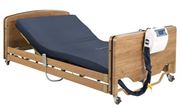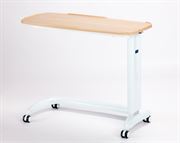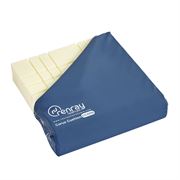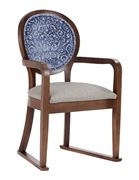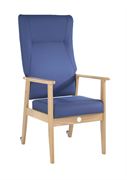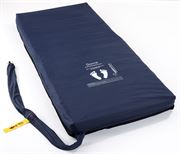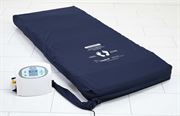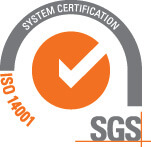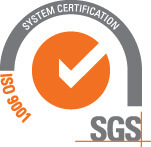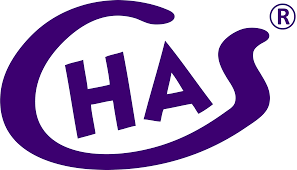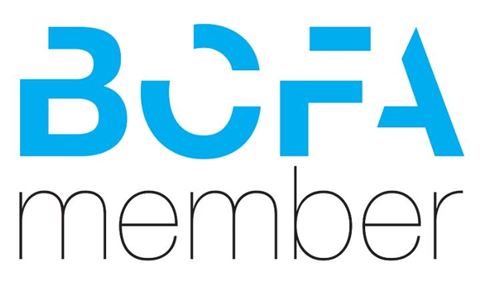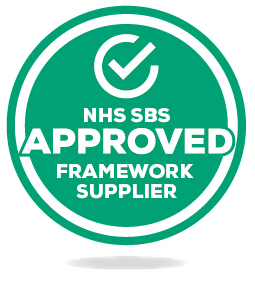Falls, slips and trips in care homes are major contributors to injuries and hospital call-outs. It isn’t only residents that are affected but staff and visitors too.
It is really important to maintain plenty of safeguards to mitigate these risks. Our friendly team of experts has put together a few tips to help you.
1) Risk Assessments
Any risk assessments in your care home should include potential hazards relating to slips, trips and falls.
The best way to record these is to walk around your care home and take a look at the following:
Poor lighting, uneven floors or frayed carpets
Details the potential person this could harm
Revise any controls already in place and ensure they are sufficient.
Compile a plan to fix these hazards where necessary.
Revise these assessments on a regular basis.
Outdoor and indoor areas should be covered in your risk assessments. Focusing on pathways, steps and communal areas. Being super mindful that your some of your residents may be frail or infirm.
2) Common Hazards
Keep a keen eye out for these frequently occurring hazards in care homes. Wet floors, spillages, loose rugs and contaminated floors.
Trailing cables. Uneven floors or carpets, Objects scattered over the floor, pointy and sticking out furniture, untied shoelaces or generally unsuitable shoes, worn steps, poor lighting,
3) Involve everyone
It is important to ensure all members of staff understand what sort of trip hazards they should be looking out for. They should also be trained to report and problems in the correct way.
Any slip or trip risks should be reported immediately and any action should be immediate.
4) Reducing Risk
Thankfully there are lots of ways to totally remove any trip or slip risks in your care home:
- Look at non slip surfaces in rooms such as bathrooms and kitchens
- Handrails
- Implement a means to clear up any spillages swiftly
- Steer away from rugs or loose mats
- Keep an eye on resident footwear
- De-ice footpaths
- Ensure any doors or windows are sealed to avoid external water leakage
5) Eliminate floor spillages.
It is unlikely for someone to slip on a dry and clean floor. The majority of floors only become slippery upon being contaminated. Examples of this can include dust, grease, detergent, oil, grease and water. The most at risk areas of contamination are bathrooms an kitchens. Reducing the risk of contamination will massively reduce any slips.
6) Steps and stairs
Stairs and steps are often a common location for accidents. It is important to make sure any steps are of equal height and if possible, with a handrail installed. Any steps should be non-slip, be high visible, square edged. Any footpaths or corridors should also be well lit.
7) Hazards that may turn up whilst cleaning
Cleaning floors can post a significant likelihood of trips and slips. Freshly mopped floors are very slippery and a risk to anyone. Equally any wires attached to cleaning equipment can also pose a real risk.
You should check for:
- Suitable cleaning methods are applied to the correct surface
- Main communal or walking areas are not being mopped at busy time.
- Any spills are cleaned up quickly



